History and traditions in different cultures
From wearing white or lots of colour to exchanging rings, carrying bouquets and handfasting, weddings are steeped with history and traditions in different cultures.
At Melbourne Bridal Expos, we know that no two weddings are the same, with history and traditions in different cultures often featuring as part of a couple’s special day. Traditions create a shared language of celebration, allowing a wedding to feel personal, while also timeless.
History and traditions in different cultures add layers of meaning, significance and ritual to a wedding day. If you’re planning your big day and want to incorporate different aspects into your wedding, here’s an overview of some wedding traditions and history for the occasion.
It’s all about the colour
A white wedding dress has long been a popular choice, initially with a meaning of purity and innocence as well as new beginnings. Many brides today still choose to wear white, among other colours, as a symbol of a new beginning or chapter in their lives. In India, weddings are filled with colour, a tradition that dates back thousands of years and in a traditional Chinese wedding, red is a popular colour because it symbolises luck, joy and prosperity.
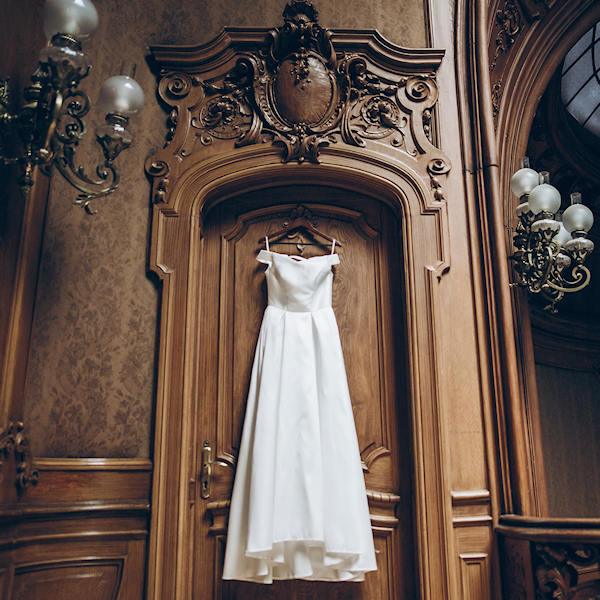
The exchange of rings
A ring, in the shape of a circle, has no beginning or end and is ongoing, just like the love a couple has for each other. Traditionally worn on the fourth finger of the left hand, commonly known as the ring finger, because it was once believed that a vein ran directly from that finger to the heart, often called the “vena amoris” or “vein of love”. This romantic symbolism keeps the tradition alive today.
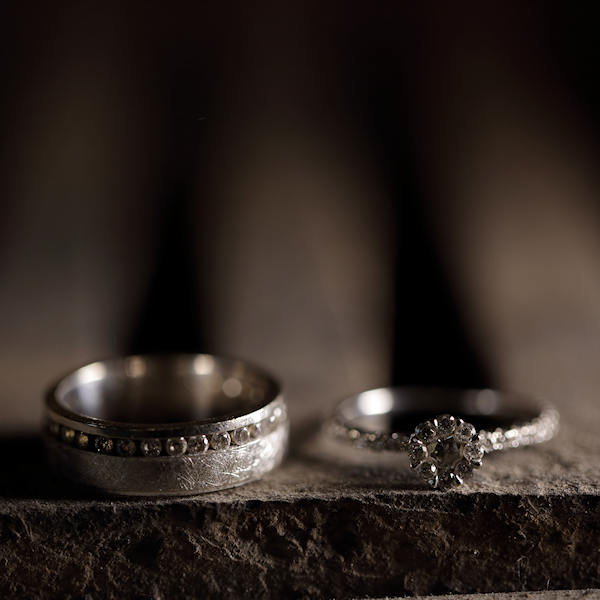
The beauty of a bouquet
In today’s weddings, the flowers are all about colour and personal preference, but once upon a time brides carried bundles of herbs and spices to keep away bad spirits/luck. Over time, this evolved into carrying flowers, symbolising fertility, love and new life.
Handfasting
If you’re wondering where the phrase “tying the knot” came from, it’s all part of handfasting. Originating as a Norse and Celtic tradition, handfasting is where a couple’s hands are bound together with ribbons or cords, symbolising their union. In more modern ceremonies, it’s used as a symbolic gesture of unity, love and commitment.
Throwing confetti
Going back to ancient times, newlyweds had items such as seeds, grains or paper confetti thrown at them. In Italy, sugar-coated almonds or “confetti” were thrown, symbolising fertility and prosperity. This eventually evolved to paper confetti or even rice. Nowadays, it has transformed to bubbles, which means less mess to clean up and less chance of someone getting hurt! And who doesn’t love bubbles?!
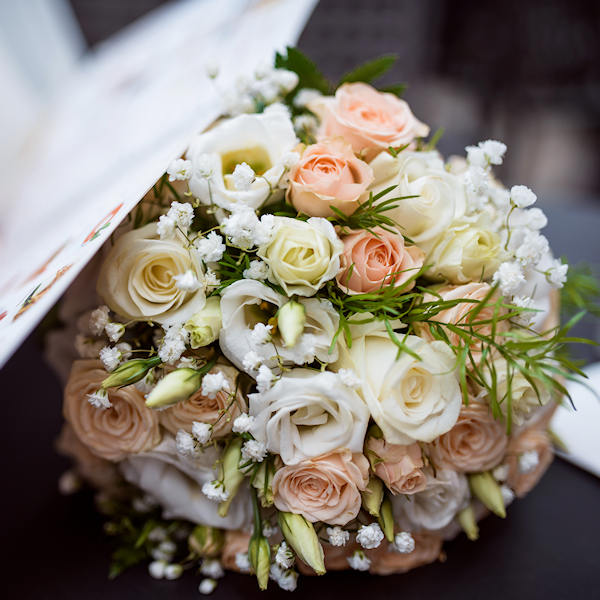
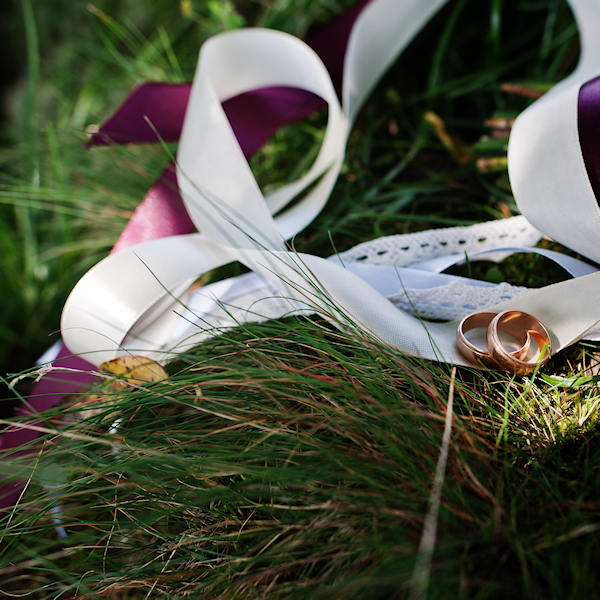
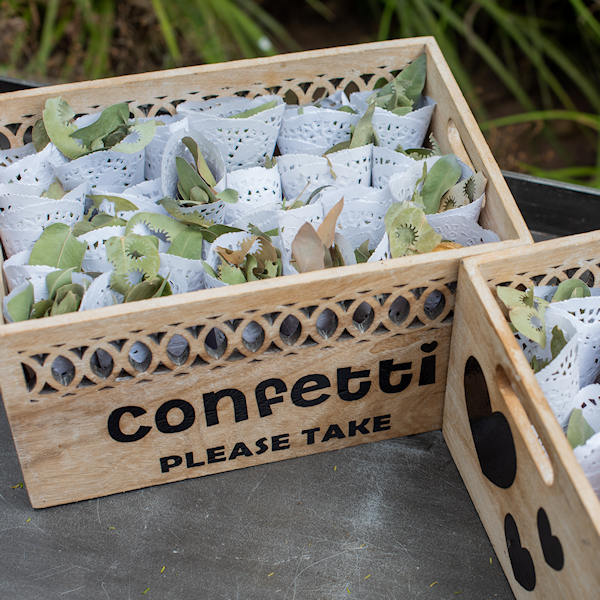
Weddings are the perfect opportunity to blend history and culture with a modern touch. If you’re looking for ways to incorporate different aspects into your wedding, chat to the team at Melbourne Bridal Expos.
